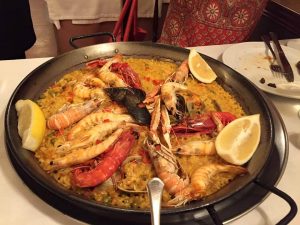
Where to Eat Paella in Madrid Gastronomy plays an important role in our Free Tour in Madrid. Spain is a country where food is taken
In Spain, it’s really easy to enjoy the gastronomy. Despite being a small country, the cuisine is very different from one region to another, and you can enjoy everything from exquisite meats in the north to fried fish in the south, or the iconic paella valenciana. And the best part is that Madrid, being the home of thousands of transplants from other regions of Spain, is a small gastronomic mosaic that offers the best of every corner of the country.
But today, we want to talk about food that’s a bit different. Dishes that are part of Madrid’s cuisine but don’t appear in many travel guides. Warning! This post is not for the squeamish
When there is a festival in Madrid, the city fills with carts selling “gallinejas” (gah-yee-NAY-has), lamb tripe fried in its own fat. Unfortunately, many bars specializing in “gallinejas” have disappeared, but there is an old survivor, the bar “Feirduría de Gallinejas Embajadores”. In this small bar, they prepare exquisite gallinejas and all types of offal: “mollejas blancas” or white gizzards, “botones of mesentery”, “chorrillas” or sweetbreads, “tiras” (fried tripe), “chicharrones” or pork rinds, and “canutos” (more fried tripe). Just a tip: the smell when this type of product is fried is a bit unpleasant, so be prepared.
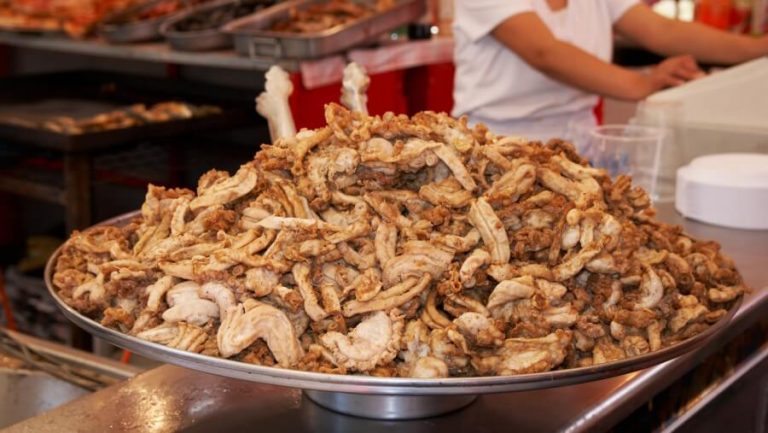
In case you didn’t know, the Spanish love snails or “caracoles” (cah-rah-COH-lays), they are truly devoted to them. There are countless ways to prepare caracoles, but the most popular in Madrid is “caracoles en salsa”, or snails in sauce. And if we’re going to talk about “caracoles”, we have to mention “Casa Amadeo-Los Caracoles”, established almost 80 years ago and iconic in Madrid. People come from all over the city to taste their delicious “caracoles en salsa”. The ingredients in the salsa are a mystery, although we do know they add a little chorizo. On any given Sunday, they might serve more than 50 kg of snails.
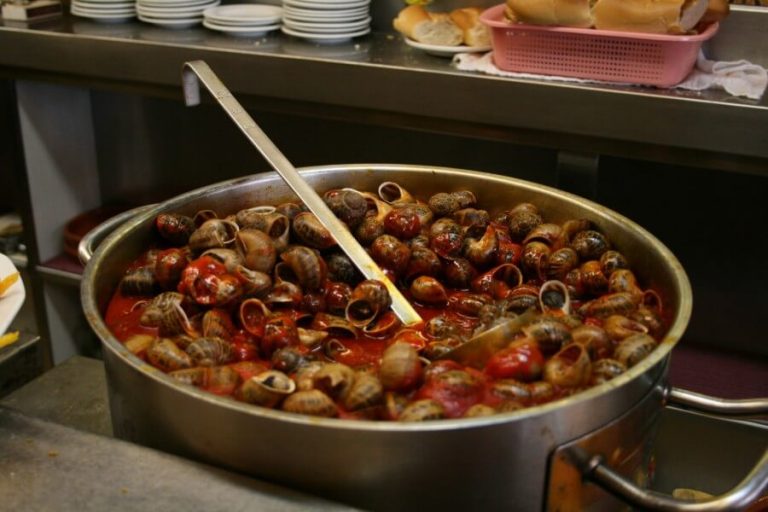
A visit to Madrid isn’t complete without a “bocadillo de calamares”, or squid sandwich. The ingredients are simple: rings of fried calamari and bread. It might seem simple, but making a good “bocadillo de calamares” isn’t that easy. You have to use a special flour for frying seafood, the squid has to be fried for just the right amount of time to absorb the right amount of oil, and, of course, the bread has to be crunchy on the outside and tender on the inside.
Where can you try the best “bocadillo de calamares” in Madrid? “Bar La Campana” is our favourite place in Madrid to enjoy the genuine“bocadillo de calamares”.
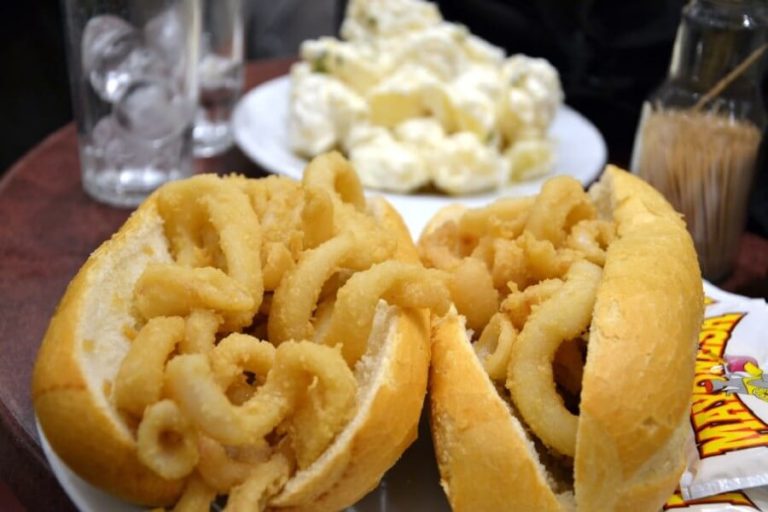
Believe it or not, Spaniards eat absolutely every part of the pig (trotters, snout, testicles, etc.), even the blood or “sangre” (SAHN-gray). It sounds like something reserved for vampires, but believe me, it is an exquisite dish. The blood, once it has congealed, is fried and accompanied by onion and white wine. It can also be prepared with tomato sauce.
We recommend the restaurant “La Tasquería”, where they prepare a delicious “sangre de cerdo con bacalao” (pig’s blood with cod). Another very popular product in Spain that is made with pig’s blood is “morcilla”, a type of blood sausage.
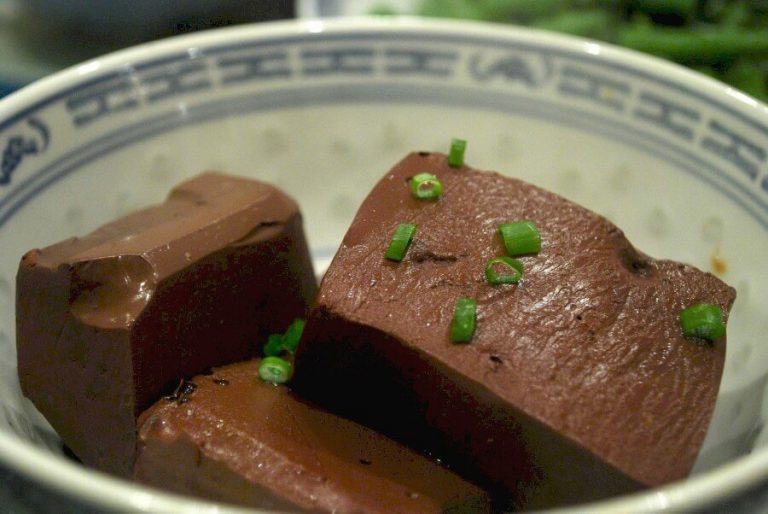
(CAI-yos ah lah mah-dree-LAY-nya) This is another of Madrid’s most typical dishes. Historically, meat was prohibitively expensive for everyday people, so they had no choice but to eat what nobody else wanted: chicken livers, tripe, cow tongue, etc.
Looked down on in the past, many of these products are now delicacies worthy of any of Madrid’s finest restaurants. One of these products that became a star dish is “callos” or beef tripe. Madrid style callos have a slightly spicy sauce that includes pieces of chorizo, morcilla, and even pig’s trotters. DELICIOUS!
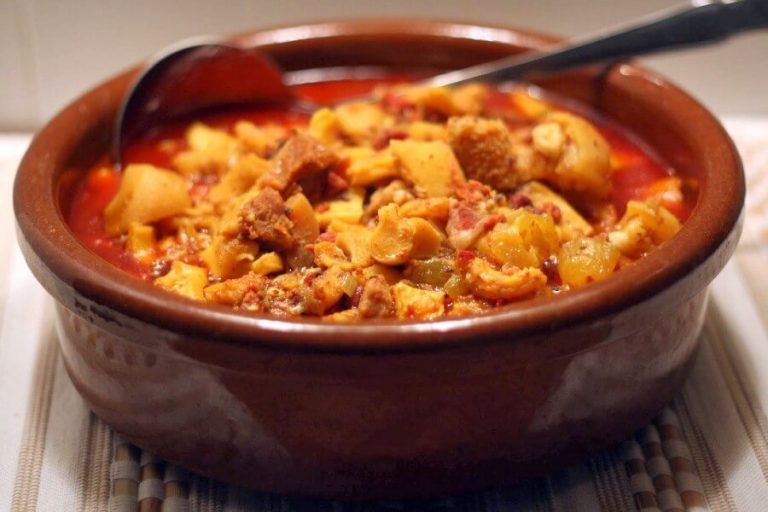
Without a doubt, one of our favorite dishes. There are many ways to prepare “oreja de cerdo” (oh-RAY-ha day THAYR-doh) or pig’s ear, and all of them are delicious.
If you’ve never tasted the ear before, the texture might seem strange to you, being that it’s made of cartilage. If this isn’t a problem for you, we encourage you to try it. We recommend trying “oreja de cerdo” at the bar “Las Bravas”, where they prepare a delicious oreja de cerdo with a slightly spicy sauce.
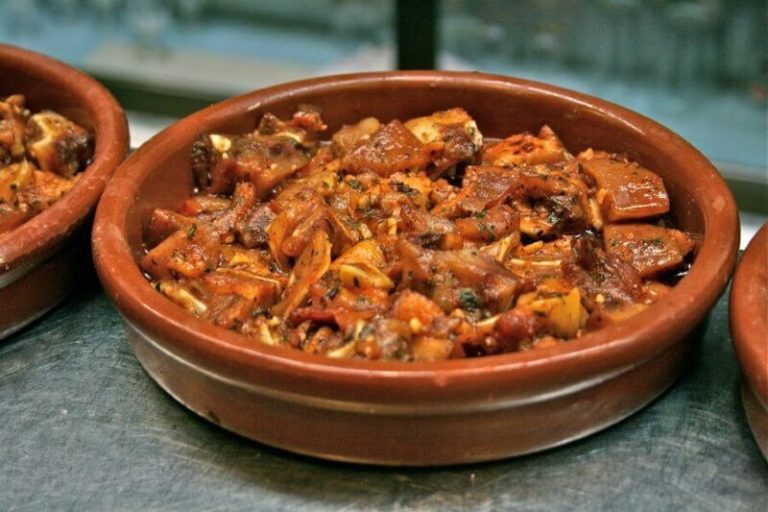
Travelling to Madrid? If you need more information, do not hesitate to contact us. We will be happy to help you! Book now our Madrid Free Walking Tour through the Old Town and discover the Madrid you never knew: traditions, history, intersting facts and much more.

Where to Eat Paella in Madrid Gastronomy plays an important role in our Free Tour in Madrid. Spain is a country where food is taken
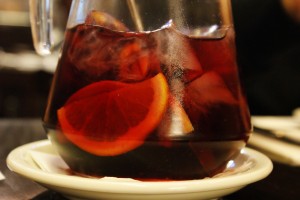
What to drink in Madrid Spain is a country where wine (“vino“) consumption is ubiquitous. In fact, we’re on the winners’ podium in the world
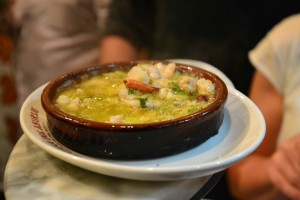
What to Eat in Madrid The cuisine of Madrid is very diverse and influenced by Northern and Southern regions of the country. The large number

Hola! My name is Javier Redondo, tour guide in Madrid for more than 8 years.
As a good "Madrileño", I love football (I support Atlético de Madrid), eating tapas and walk the cobblestone streets of old Madrid 🙂
This Madrid blog is where I share tips on popular attractions, local food and off-beat spots.
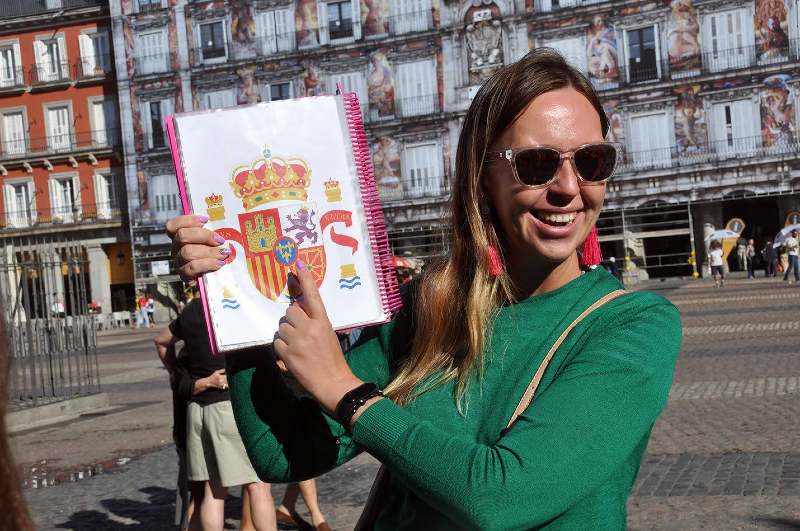
Based on 1000+ reviews
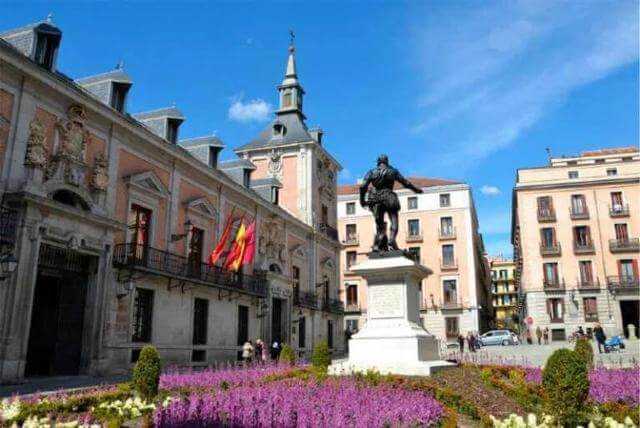

Copyright © OgoTours Madrid 2013-2023
OgoTours is a 100% local company. And as such, we are proud to do our bit to preserve the traditions and spirit of the city. Our goal is to help you experience Madrid like a local.
Tax Identification Number: 46890705F
If you need any additional information about our services, do not hesitate to contact us. We will be happy to answer all your questions.
Are you travelling around Spain? We are a proud member of Discover Our Cities. This network is made up of local tour opertators that share the same philosophy about tourism. All companies involved in this proyect have something in common; we are focused on offering 100% local and genuine experiences.
Our most popular posts:
The best panoramic views in Madrid
Our groups are now limited to 10 people, therefore it is required to book your spot in advance.
Mandatory use of face masks for guides and customers. Following the Spanish legislation, the wearing of face masks in all public spaces is obligatory.
When available, we highly recommend to maintain 2-meters social distancing between all the participants of the tour.
All our guides will be carrying hand sanitizer during the tour and it will be available during the whole route for you.
You will hear the explanations perfectly, as your guide will be carrying a voice amplifier.
You don´t need to print out your tour confirmation (just in case keep the email confirmation on your phone). Your name and last name will be enough for the guide to complete the check-in process.